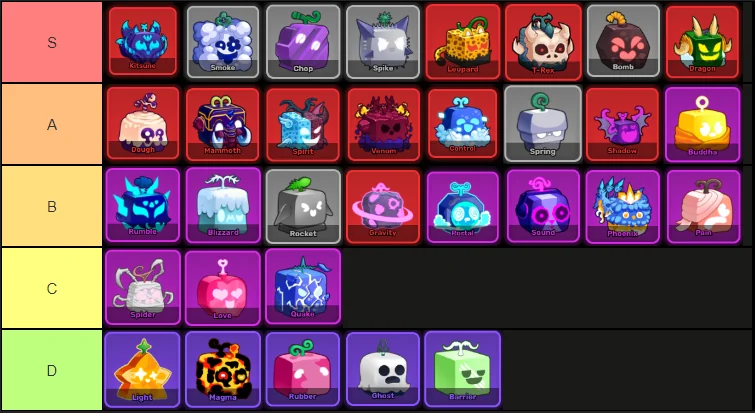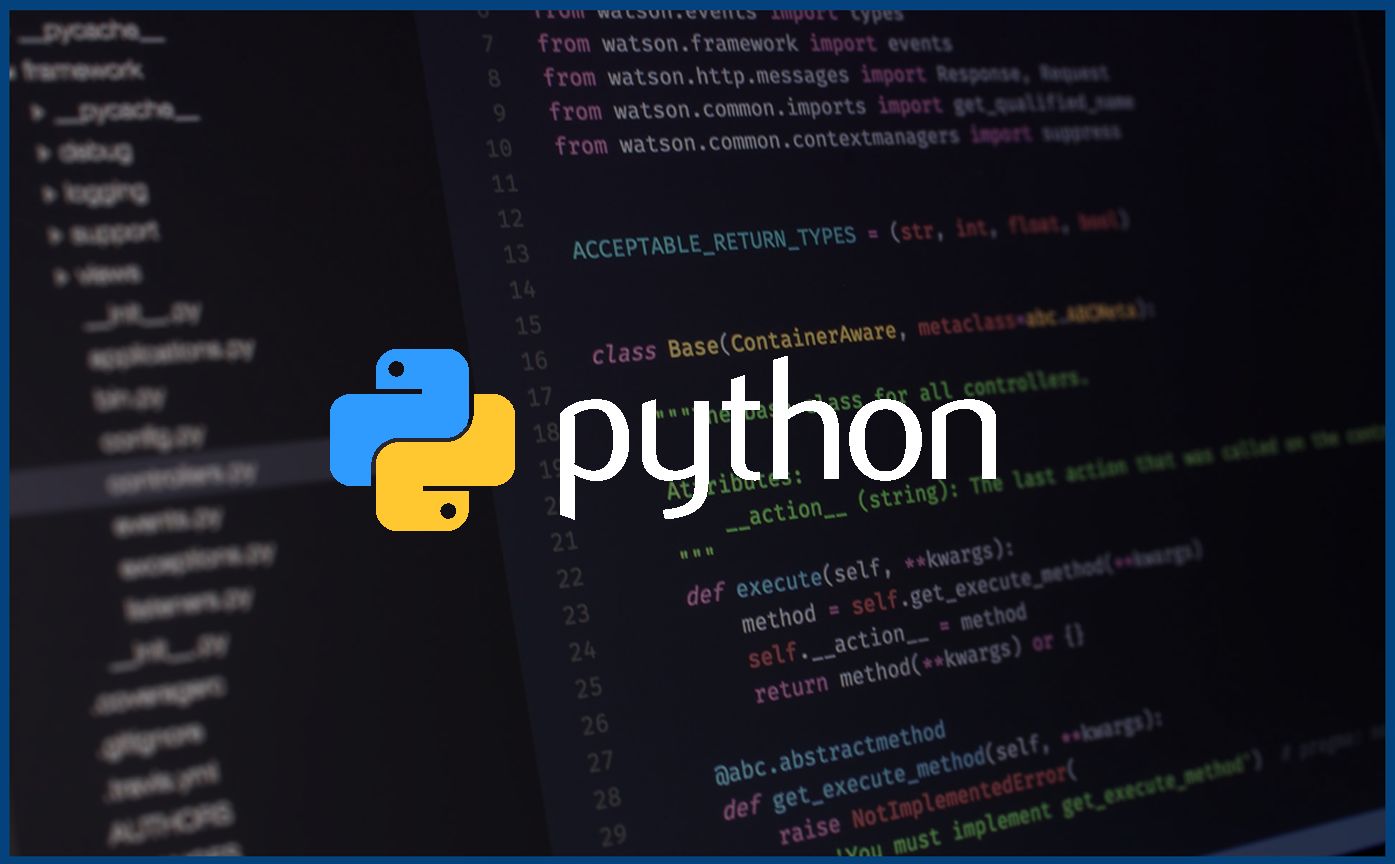In the expansive world of Blox Fruits, trading has evolved into a critical component of gameplay strategy. If you’re grinding raids, dominating PvP battles, or simply aiming to build a premium inventory, understanding fruit values gives you a competitive edge.
With over 30 fruits and continuous updates from the developers, the game’s economy is fluid—values shift based on rarity, demand, combat viability, and patch notes.
If you’re unaware of a fruit’s market worth, you risk being shortchanged or missing high-value trade opportunities. This article serves as a detailed guide to the Blox Fruits Trading Values, trading ecosystem, helping players make informed, strategic choices.
What Are Blox Fruits and How Do They Work?
Blox Fruits are ability-granting consumables inspired by the One Piece anime universe. Once consumed, a fruit bestows unique powers and disables the player’s ability to swim. Fruits fall into three primary categories: Natural, Elemental (Logia), and Beast (Zoan).
Each type offers specific gameplay advantages. Some excel in grinding NPCs, others dominate in PvP scenarios. As the meta changes with balance patches, the effectiveness—and thus the value—of certain fruits shifts. Experienced players often reserve high-demand fruits in inventory storage, waiting for the market to tilt in their favor.
The Concept of Value in Blox Fruits
Value in Blox Fruits is determined by a mixture of permanent cost (Robux), physical trading value, and market sentiment.
Permanent fruits—purchased using Robux—retain their utility across resets and often carry a premium in trades. Physical fruits are those that spawn or are dropped and traded between players.
A fruit’s “trading value” often surpasses its shop price due to its in-game utility or rising demand. For instance, Dough may cost less than Dragon in the store, but its dominance in the PvP meta can elevate its trade worth.
These values are dynamic and influenced by shifts in combat balance, community perception, and availability.
Key Factors That Affect Fruit Value
- Rarity: Fruits range from common to mythical. High-tier fruits like Dragon or Kitsune are difficult to obtain and naturally command high market prices.
- Demand and Meta Relevance: Fruits that align with the current gameplay meta—like Buddha for grinding or Dough for PvP—tend to stay in high demand, inflating their value.
- Combat Utility: A fruit with high AoE damage, mobility, or combo chains sees consistent demand. Meta-effective combat traits directly correlate with higher trade value.
- Game Updates and Balance Patches: Small tweaks can massively impact desirability. A buffed fruit may double in value overnight, while a nerfed one could see its demand plummet.
- Limited Availability: Event-exclusive fruits or time-limited skins significantly boost perceived rarity, often driving up trade prices even after their event window ends.
Top High-Value Fruits in May 2025
Dragon
- Permanent Value: 15,000,000 Robux
- Physical Trade Value: 1.35 billion Beli
- Demand: 10/10 Favored for its transformation ability and high AoE output, Dragon is a PvP powerhouse.
Kitsune
- Permanent Value: 8,000,000 Robux
- Physical Trade Value: 720 million Beli
- Demand: 10/10 A high-mobility fruit with status effects and utility scaling, Kitsune is rapidly becoming a PvP mainstay.
Dough
- Permanent Value: 2,800,000 Robux
- Physical Trade Value: 450 million Beli
- Demand: 10/10 Ideal for grinding and PvP, its stun mechanics and consistent DPS make Dough a staple in high-tier trades.
Leopard
- Permanent Value: 5,000,000 Robux
- Physical Trade Value: 525 million Beli
- Demand: 8/10 Leopard remains a flashy, high-speed PvP choice but has dipped in popularity after recent balancing.
T-Rex
- Permanent Value: 20,000,000 Robux
- Physical Trade Value: 425 million Beli
- Demand: 9/10 Buffs to cooldowns and range have made T-Rex a compelling option for raid efficiency and boss utility.
Trading in Blox Fruits: How It Works?
Trading is unlocked in the Second Sea and facilitated through designated hubs like the Café (Second Sea) and Mansion (Third Sea). Each player can engage in five trades every eight hours. Trade values must fall within a 40% differential unless game passes are included, which expands the range to 100%.
- Physical Fruits: Acquired in-game, subject to storage or drop-based transfer.
- Permanent Fruits: Purchased via Robux, often viewed as premium assets in trade deals.
Strategic trading involves combining fruits to match or exceed value thresholds while keeping future trade potential in mind. Permanent fruits should never be traded without full awareness of their long-term benefit.
Tools and Platforms to Track Fruit Values
- BloxFruitsValues.com: Offers an easy-to-navigate interface with regularly updated fruit values, demand indexes, and trade simulators.
- FruityBlox.com: Community-sourced data and hourly refreshes provide an accurate reflection of live market trends.
- Discord Servers: Popular trading servers include value-check bots, live trade offers, and player-reviewed fairness scores for trades.
- Reddit & YouTube: Content creators and forums often break down meta trends, update-driven value shifts, and undervalued fruit strategies.
Staying plugged into these platforms ensures up-to-date trading decisions backed by crowd-sourced insights.
How to Avoid Bad Trades: Tips for New Players
Many new players fall into poor trades due to lack of knowledge or haste. To protect your inventory:
- Research every fruit’s trade and permanent value before negotiating.
- Avoid rushed or pressured deals—scammers often exploit urgency.
- Don’t be swayed by flashiness; not all high-effect fruits are practical.
- Leverage multiple value sources to spot price mismatches.
- Think long-term—some fruits rebound in value after buffs or meta shifts.
- Caution and patience lead to smarter, safer trades that build long-term value.
Conclusion
Understanding the ever-shifting value of fruits in Blox Fruits is key to mastering the game’s deeper mechanics. Each trade, each storage decision, and each negotiation shapes your progression. By staying updated with real-time tools, learning from the community, and evaluating fruits based on more than just rarity, you can avoid beginner traps and steadily build a powerful, high-value inventory.
































































